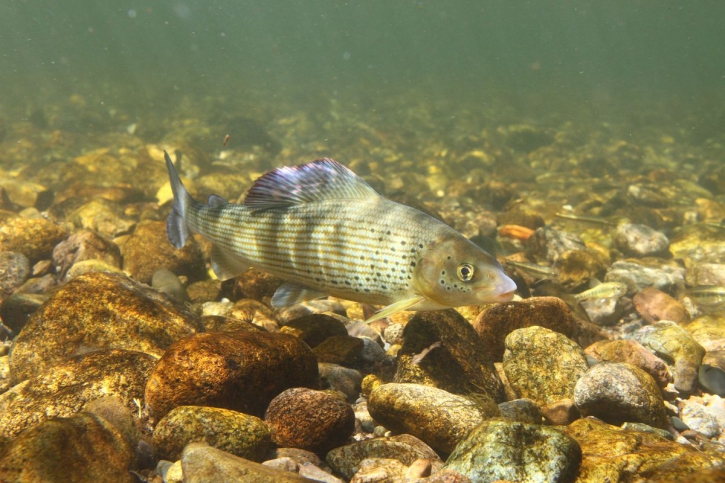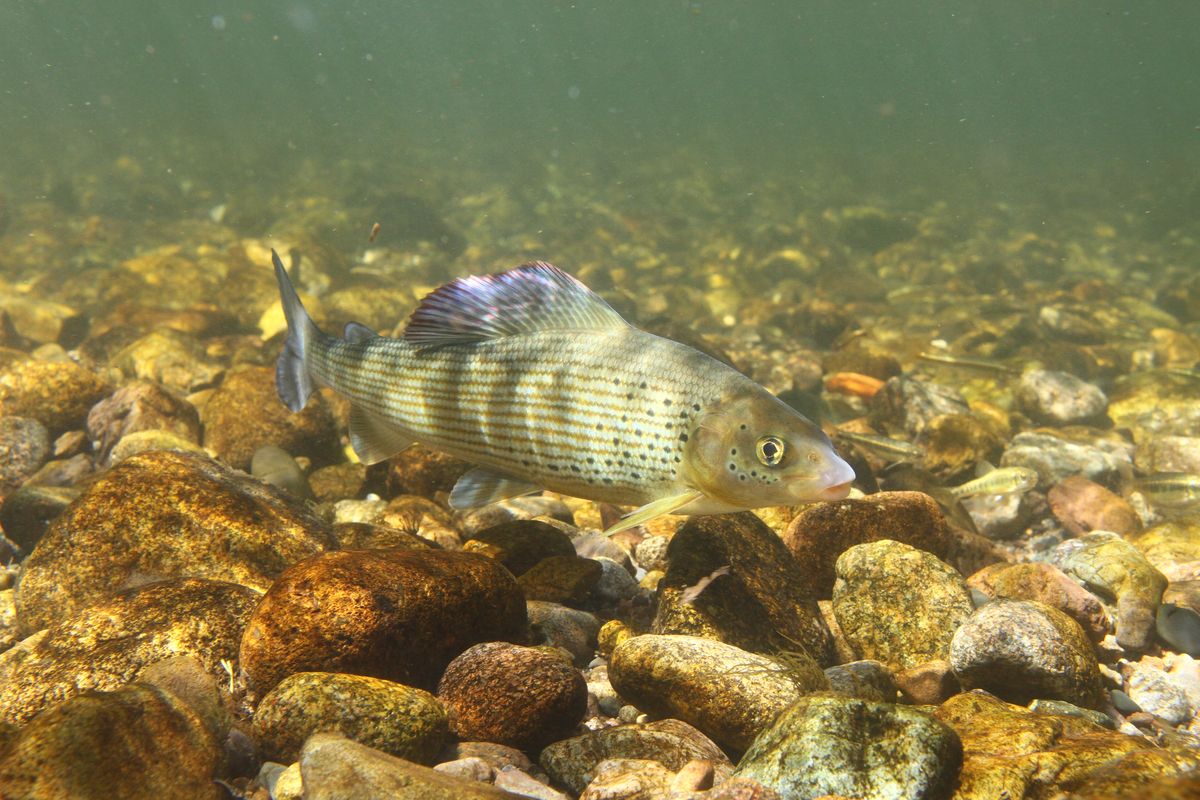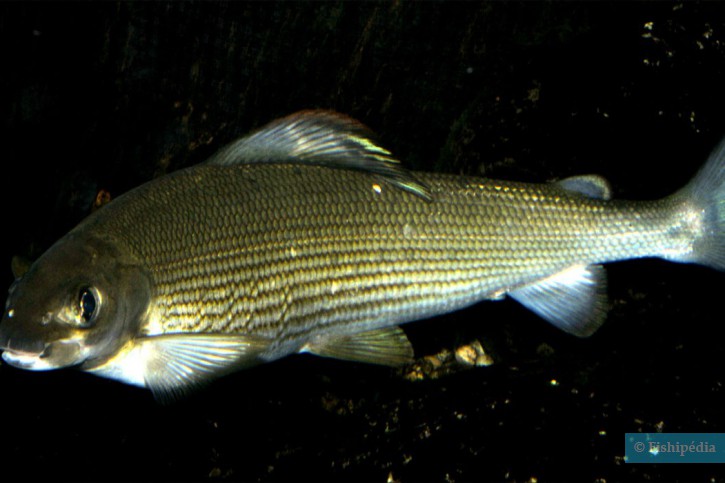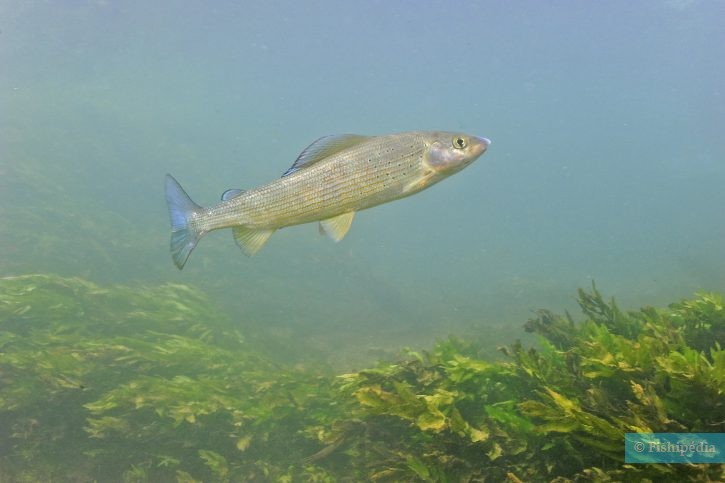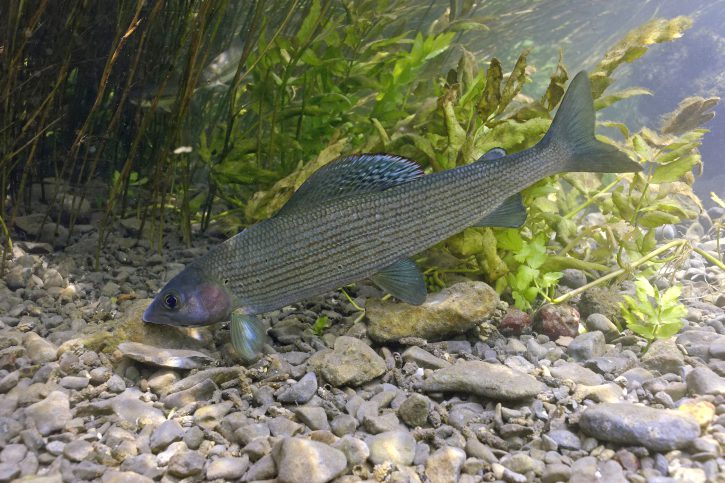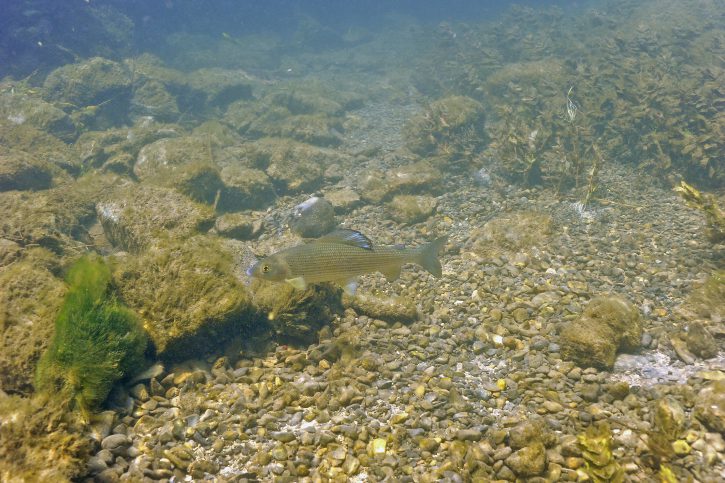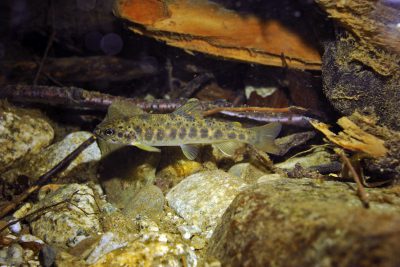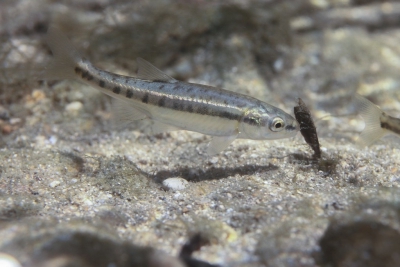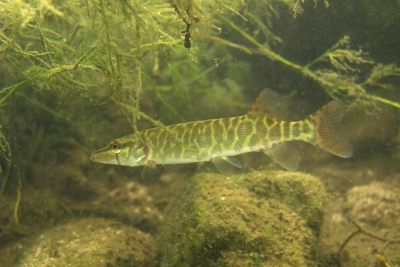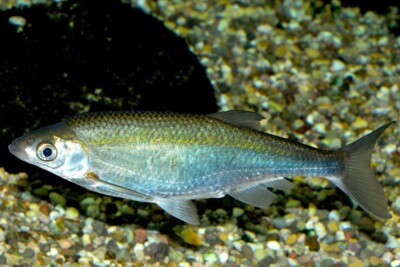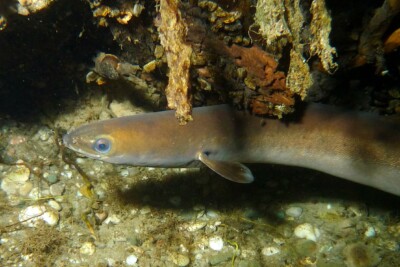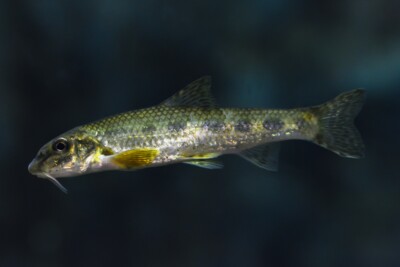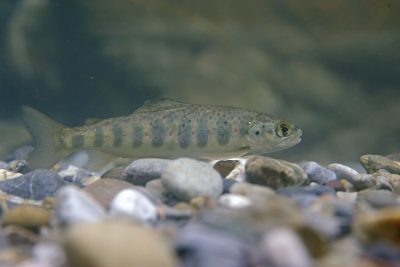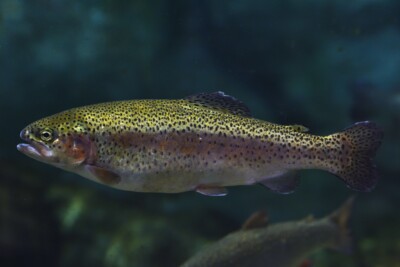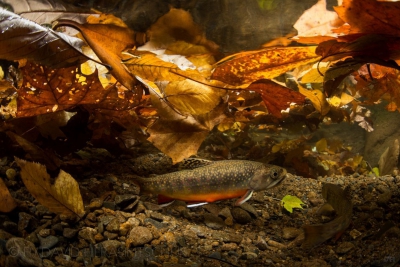Introduction
Thymallus thymallus, commonly known as grayling, is a fresh water fish from the Europe.
This sheet is currently being prepared. The texts currently proposed come from our data model or are being drafted. To request priority for this content, you can write to us HERE.
Who is it?
Morphology
-
Average size30 cm
-
Maximum size60 cm
-
Longevity5 year
-
Average size30 cm
-
Maximum size60 cm
-
Longevity5 year
How to recognize This fish ?
The grayling measures between 30 and 60 cm. This fish is unicolore with a predominantly gris body.
Behaviour & Life cycle
-
dietcarnivorous
-
Sociabilityliving in small groups
-
territorialNo
-
Way of livingdiurnal
The grayling is a fish living in small groups naturally found at mid-depth and near the bottom. This species is carnivorous .
Although the grayling is non-territorial, it is sometimes aggressive towards other species.
Reproduction
-
Reproductionovipare qui pond sur substrat découvert
-
Migratory speciesYes
The grayling is a fish ovipare qui pond sur substrat découvert. This fish protects its eggs from nearby predators.
Harmless species
This species does not represent any particular threats to humans when encountered in its natural environment.
Origin and distribution
What is its habitat?
Natural environment characteristics
-
Temperature6 - 18 °C
-
pH (acidity)7 - 7.5
Biotope presentation
The grayling is most often found at a depth between 0m and 15m. However, it is not impossible to find this species at other depths.
Species of the same biotope
Fishkeeping
Not recommended
We do not recommend keeping this species in an aquarium. It has unpredictable needs which, if not met, generate significant stress, potentially leading to a shorter life expectancy, an interruption of its growth or the development of pathogens.
To go further
Sources & Contributions
Participation & Validation
The Fishipedia team and specialist contributors are committed to providing high-quality content. However, although the information comes from scientific sources or testimonials from specialists, the cards may contain inaccuracies.

Adrien Falzon

Benoit Chartrer
Translation
Translation done with the valuable contribution of our translators, who make this information available to a wider audience. We sincerely thank them for their commitment.
Bibliographic references
- - GBIF
- - LES POISSONS D’EAU DOUCE DES RIVIÈRES DE FRANCE. IDENTIFICATION, INVENTAIRE ET RÉPARTITION DES 83 ESPÈCES - Billard R. - Delachaux et Niestlé - 1997.
- - Observations sur le comportement d'éclosion et de post-éclosion chez l'ombre commun, Thymallus thymallus(L.) - D'Hulstère Daniel - Philippart Jean-Claude - Université de Liège - 1982.
- - Growth modelling in accordance with daily water temperature in European grayling (Thymallus thymallus L.) - J P Mallet - S Charles - H Persat - P Auger - Canadian Science Publishing - 1999.
Scientific partners
Species of the same family
Species of the same biotope
